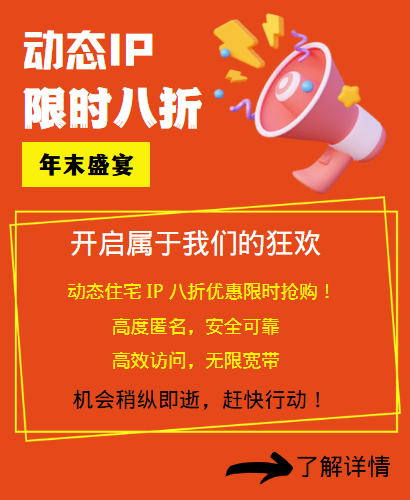IPv4 (Internet Protocol version 4) and IPv6 (Internet Protocol version 6) are two versions of the Internet Protocol. They differ in the following ways:
Number of addresses
IPv4: It is like a small parking lot with a limited number of parking spaces (IP addresses), only about 4.3 billion, and it is almost full now.
IPv6: IPv6 is like a super large cosmic parking lot with a large number of parking spaces, almost 100 million, and can assign unique parking spaces (IP addresses) to countless devices.
Address appearance
IPv4: Its address looks like 192.168.1.1, with dots separating the numbers, and each number between 0 and 255, which is easy to remember.
IPv6: IPv6 addresses are represented by colons and hexadecimal numbers, such as 2001:0db8:85a3:0000:0000:8a2e:0370:7334. They look a bit complicated, but they have their own simplified methods. For example, consecutive 0s can be replaced by double colons, but double colons can only be used once in an address.
How network devices connect to the network
IPv4: When a device connects to the network, you either manually set some network parameters, such as IP address and subnet mask, or rely on something called DHCP to automatically assign these parameters.
IPv6: IPv6 devices are more convenient to connect to the network. They can generate IP addresses by themselves, but there are also manual or automatic assignment methods similar to IPv4.
Security
IPv4: IPv4 itself is not very secure, just like a house has no anti-theft measures, and it mainly relies on other security protocols (such as TLS/SSL) to protect it, which makes it easy for IP addresses to be impersonated by others.
IPv6: IPv6 is like a house with an advanced anti-theft system (IPsec), which can encrypt data and authenticate identities at the network layer, making data transmission safer.
Usage and compatibility
IPv4: It is the most commonly used on the Internet now, and almost all devices and applications support it. However, because the parking spaces (addresses) are running out, new devices are restricted from joining. Some old devices only recognize IPv4 and need to be upgraded to use IPv6.
IPv6: It was developed to solve the problem of insufficient IPv4 parking spaces. It is now used in more and more places, but it is still in the transition stage. Many new operating systems and devices support IPv6, but because both IPv4 and IPv6 are used, sometimes some special technologies (dual stack or tunnel technology) are needed to enable them to communicate with each other.
Related Recommendations
- Proxy IP applications in public opinion monitoring: Efficient data acquisition and stability strategies
- Why is big data inseparable from the support of proxy IP?
- What is the role of dynamic proxy IP? Why do I need to use proxy IP to do e-commerce business?
- What are the methods to build residential IP?
- Dynamic Residential IP: Flexible Network Connectivity Strategies in a Digital Society
- How can http proxy IP help companies meet price tracking challenges?
- How does proxy IP process and forward network requests to improve performance?
- SEO optimization tool: Proxy IP helps improve website rankings
- How to utilize proxy IP in the emulator process?
- What industries need to use proxy IP


